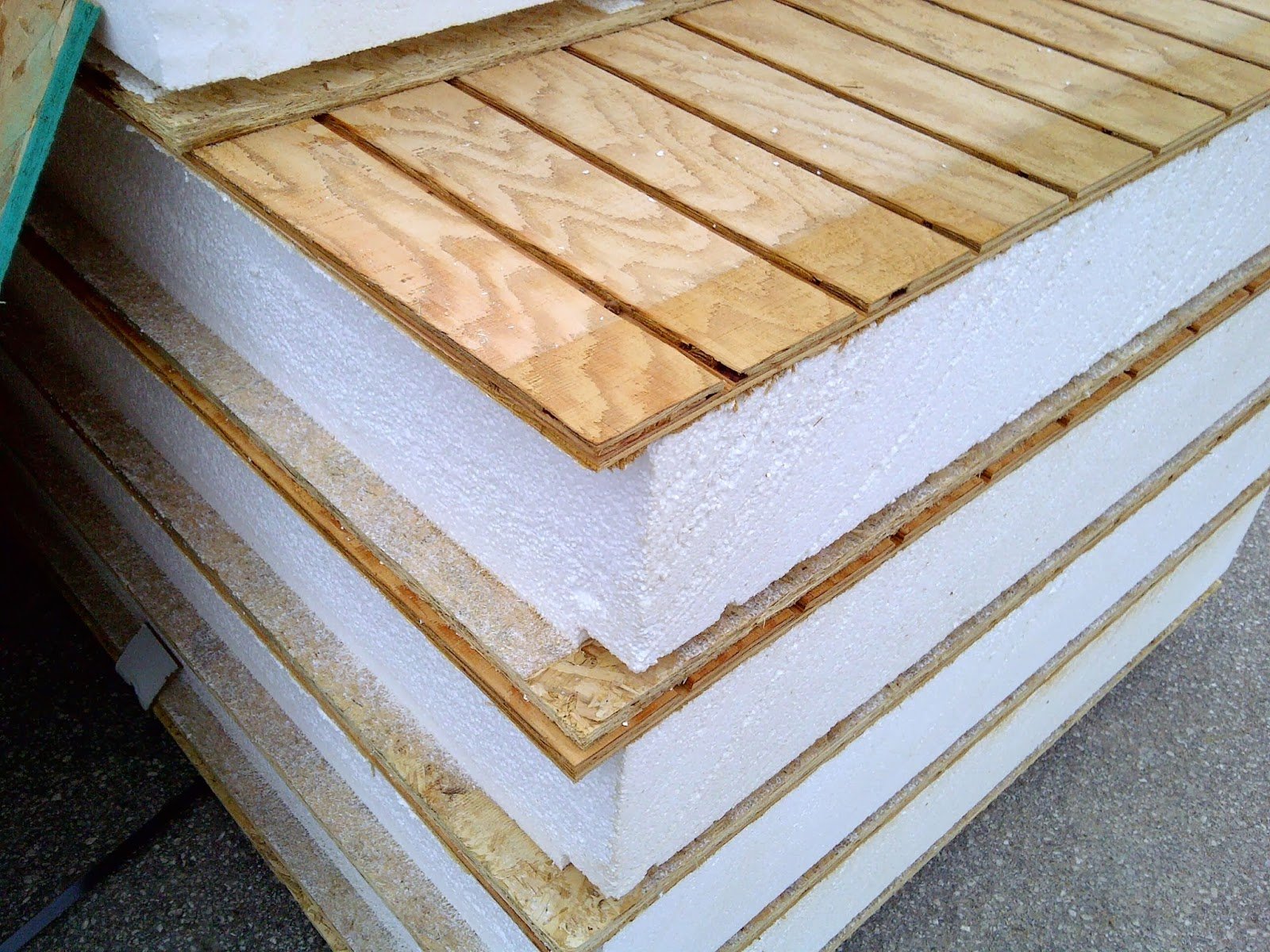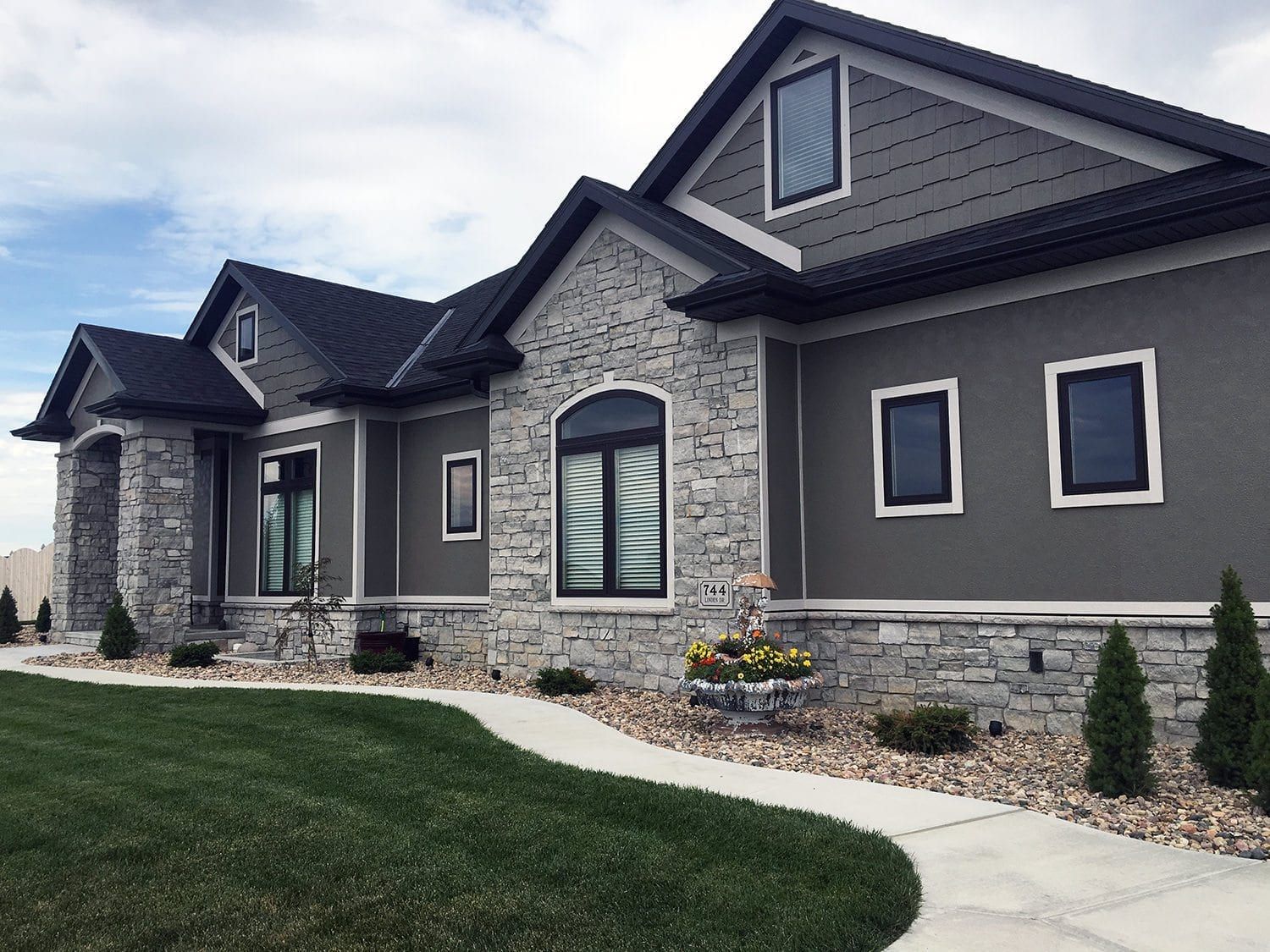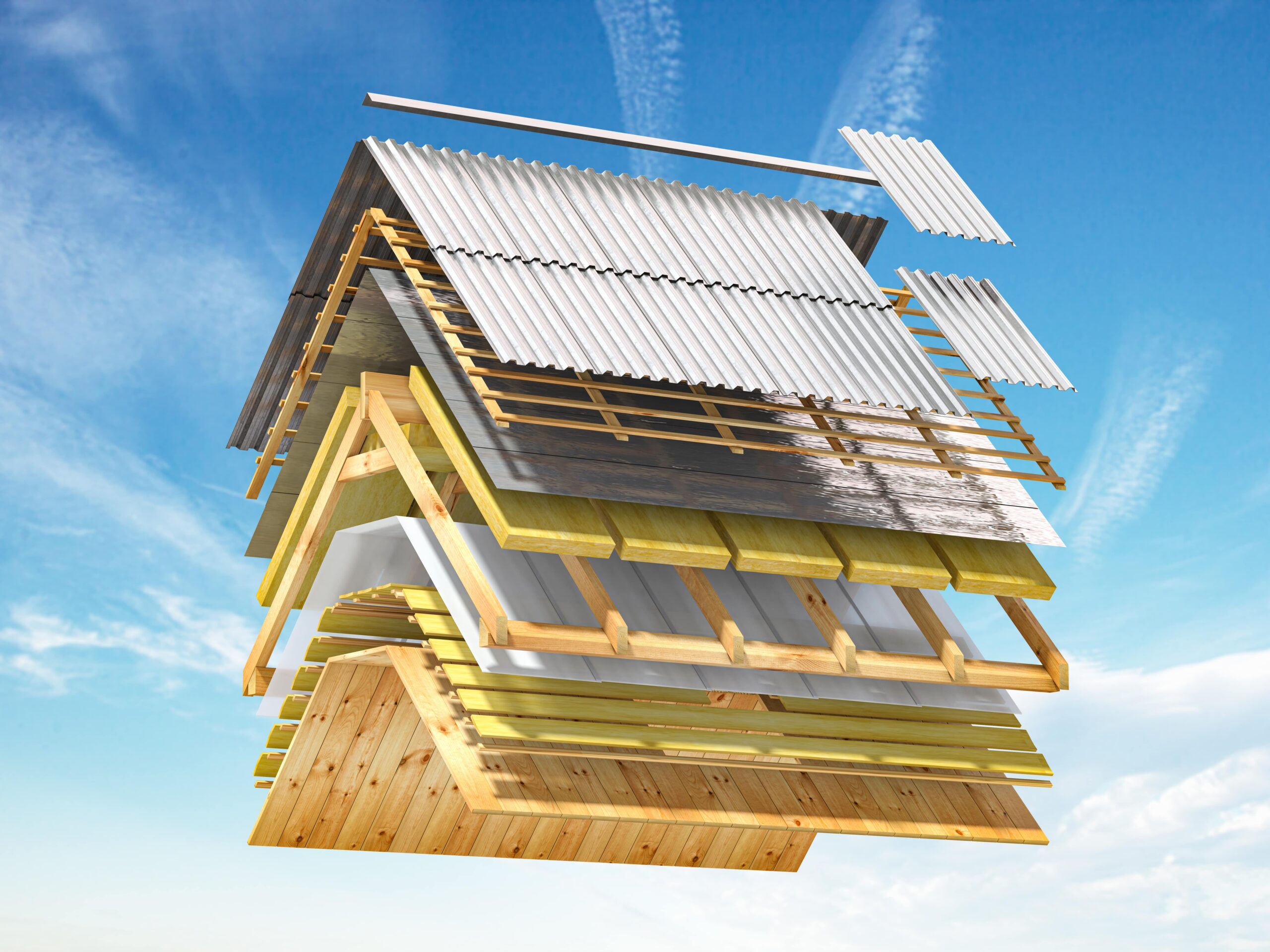Weather-resistant Insulated Siding: A Homeowners Guide

Weather-resistant insulated siding offers a compelling blend of durability, energy efficiency, and aesthetic appeal. This comprehensive guide delves into the materials, installation, maintenance, cost, and environmental impact of this increasingly popular exterior cladding, empowering homeowners to make informed decisions about enhancing their homes.
From understanding the diverse material compositions and their unique properties to mastering the installation techniques and navigating the long-term cost-benefit analysis, we aim to provide a clear and accessible overview. We’ll explore everything from the R-value of different options to sustainable choices and effective maintenance strategies, ensuring you have all the information needed to choose the best siding for your home.
Material Composition and Properties
Weather-resistant insulated siding offers a blend of protection and energy efficiency, making it a popular choice for homeowners. Understanding the materials and their properties is key to making an informed decision.
Common Materials Used in Weather-Resistant Insulated Siding
Several materials form the core and outer layers of insulated siding. Common core materials include expanded polystyrene (EPS) foam, extruded polystyrene (XPS) foam, and polyurethane foam. These provide the insulation. The outer layer, which protects the core, can be made from various materials including vinyl, fiber cement, aluminum, and engineered wood. Each offers a different aesthetic and performance profile.
Insulation Properties of Different Siding Materials
The insulating properties of insulated siding are primarily determined by the core material. EPS foam, while less expensive, generally has a lower R-value (a measure of thermal resistance) than XPS foam, which offers better resistance to moisture. Polyurethane foam boasts the highest R-value among the common core materials. Fiber cement siding, while not inherently insulated, can be combined with foam backing to create an insulated system. The R-value of the complete system is the sum of the R-values of each component.
Durability and Longevity of Various Siding Materials
The durability and longevity of weather-resistant insulated siding depend heavily on the chosen outer layer material. Vinyl siding is known for its affordability and low maintenance but can be susceptible to damage from impact. Fiber cement siding offers superior durability and resistance to fire, insects, and rot, but requires more maintenance. Aluminum siding is exceptionally durable and long-lasting but can be more expensive and prone to denting. Engineered wood siding offers a natural look but needs regular maintenance to prevent rot and insect damage. In harsh climates with extreme temperature fluctuations and heavy precipitation, materials like fiber cement and properly installed aluminum offer better long-term performance.
Manufacturing Process of Vinyl Insulated Siding
Vinyl insulated siding is typically manufactured through an extrusion process. First, the core material, usually EPS or XPS foam, is cut to the desired dimensions. Then, a layer of vinyl is extruded onto the foam core. The vinyl is formulated with UV stabilizers and other additives to enhance its durability and weather resistance. The finished product undergoes quality checks before being packaged and shipped. Different manufacturers may use slightly different processes and formulations to achieve varying levels of performance and aesthetics.
R-Value Comparison of Insulated Siding Options
| Siding Type | Core Material | Approximate R-Value per Inch | Notes |
|---|---|---|---|
| Vinyl Insulated Siding | EPS Foam | 3.5 – 4.0 | R-value varies with foam thickness |
| Vinyl Insulated Siding | XPS Foam | 4.5 – 5.0 | R-value varies with foam thickness |
| Fiber Cement with Foam Backing | Polyisocyanurate (Polyiso) | 6.0 – 8.0 (depending on thickness) | R-value depends on foam thickness and type |
| Aluminum with Foam Core | Polyurethane Foam | 5.0 – 7.0 (depending on thickness) | R-value depends on foam thickness and type |
Installation Methods and Techniques
Installing weather-resistant insulated siding is a rewarding project that significantly enhances your home’s curb appeal and energy efficiency. Proper installation ensures longevity and optimal performance, protecting your investment for years to come. This section details the steps involved, emphasizing the importance of careful preparation and correct techniques.
Preparation and Underlayment
Thorough preparation is crucial for a successful siding installation. This involves cleaning the existing wall surface, removing any loose debris, and addressing any damaged areas. This ensures a smooth, even surface for the siding to adhere to. Proper underlayment, such as building paper or a moisture-resistant barrier, is essential to prevent moisture intrusion and protect the insulation. This step significantly improves the overall performance and longevity of the siding system. The underlayment should be installed according to the manufacturer’s instructions, overlapping seams to ensure a continuous barrier.
Installation Steps
A step-by-step approach ensures a professional-looking and durable installation. The process typically begins with establishing a level starting point at the bottom of the wall. This is often achieved using a level and a chalk line.
- Establishing a Level Baseline: Begin by establishing a perfectly level baseline at the bottom of the wall where the first course of siding will be installed. This ensures a straight and plumb installation throughout the project.
- Installing the First Course: Secure the first course of siding to the wall using appropriate fasteners (nails or screws), ensuring proper spacing and alignment.
- Installing Subsequent Courses: Install subsequent courses, overlapping each course according to the manufacturer’s specifications. Maintain consistent spacing and alignment throughout the installation process.
- Cutting and Fitting: Carefully cut and fit the siding around windows, doors, and other architectural features. Precise cuts ensure a clean and professional finish.
- Finishing Touches: Install trim, flashing, and other accessories as needed to complete the installation and protect the edges of the siding.
Comparing Nailing and Screwing
Both nailing and screwing are common methods for securing weather-resistant insulated siding. Nailing is often faster, but screws provide a more secure and adjustable fastening. Screws allow for easier correction of misalignments and are less prone to loosening over time. The choice between nailing and screwing depends on the specific siding material, the building code requirements, and personal preference. However, screws generally offer superior holding power and resistance to wind uplift.
Tools and Equipment
Having the right tools significantly improves efficiency and the quality of the installation. Essential tools include a measuring tape, level, chalk line, circular saw, utility knife, hammer or drill, appropriate fasteners (nails or screws), safety glasses, and work gloves. Additional tools may be needed depending on the complexity of the project. For instance, a pneumatic nail gun can significantly speed up the nailing process for large projects. It’s crucial to always prioritize safety and use appropriate personal protective equipment.
Visual Representation of Installation
- Preparation: Imagine a clean wall surface, free of debris, with a neatly installed underlayment. This underlayment, perhaps a dark gray moisture barrier, is smoothly draped over the wall studs.
- Baseline Establishment: Visualize a crisp, level chalk line marking the precise starting point for the first row of siding, ensuring a perfectly straight and even foundation for the rest of the project.
- First Course Installation: Picture the first course of siding, perhaps a light beige color, neatly fastened to the wall along the chalk line, spaced evenly and aligned perfectly.
- Subsequent Courses: Envision the subsequent courses being carefully installed, each overlapping the previous one in a precise and uniform pattern, creating a continuous and aesthetically pleasing wall covering.
- Finishing Touches: Imagine the final touches being applied: crisp white trim around windows and doors, meticulously placed flashing, ensuring a seamless and watertight exterior.
Maintenance and Repair
Protecting your investment in weather-resistant insulated siding is crucial for maintaining its beauty and functionality for years to come. Regular maintenance not only enhances its lifespan but also prevents costly repairs down the line. A proactive approach ensures your siding continues to provide excellent insulation and weather protection.
Common Issues and Problems
Several factors can contribute to problems with weather-resistant insulated siding. Exposure to harsh weather conditions, such as extreme temperatures, heavy rain, and strong winds, can cause damage over time. Impact from objects, like hail or flying debris, can also lead to dents or cracks. Improper installation can create vulnerabilities that allow moisture to penetrate the siding, leading to rot or mold growth. Finally, neglecting regular cleaning can allow dirt and grime to accumulate, reducing the siding’s aesthetic appeal and potentially damaging the surface.
Repairing Damaged Siding
Repairing damaged weather-resistant insulated siding often involves replacing individual panels. Minor dents or scratches may be addressed with specialized fillers and paint designed for exterior use. However, for significant damage or water penetration, replacing the affected panel is necessary. This typically involves carefully removing the damaged panel, ensuring proper removal of any fasteners, and installing a new panel that matches the existing siding. It is important to use appropriate sealant to prevent water intrusion around the edges of the new panel. For larger areas of damage, consulting a professional siding installer is recommended.
Cleaning and Protection
Regular cleaning is essential to maintain the appearance and longevity of your siding. A simple solution of mild detergent and water, applied with a soft-bristled brush or sponge, is usually sufficient for removing dirt and grime. Avoid using abrasive cleaners or high-pressure washers, as these can damage the siding’s surface. After cleaning, rinse thoroughly with water to remove all traces of detergent. Consider applying a protective sealant every few years, especially in areas with harsh weather conditions. This helps protect the siding from UV damage and moisture penetration.
Maintenance Task Schedule
Regular maintenance significantly extends the lifespan of your weather-resistant insulated siding. A schedule of tasks will help you stay on top of these essential checks and actions.
It’s important to note that the frequency of these tasks may need to be adjusted based on your specific climate and environmental conditions. For instance, areas with heavy snowfall may require more frequent cleaning of accumulated snow and ice.
| Maintenance Task | Recommended Frequency |
|---|---|
| Visual inspection for damage | Twice yearly (Spring and Fall) |
| Cleaning (mild detergent and water) | Annually or as needed |
| Checking for loose or damaged panels | Twice yearly (Spring and Fall) |
| Sealant application (if needed) | Every 3-5 years |
| Gutter and downspout cleaning (to prevent water damage) | Twice yearly (Spring and Fall) |
Cost and Value Proposition
Investing in weather-resistant insulated siding is a significant decision, but understanding its cost and long-term value can clarify its benefits. The initial outlay might seem substantial, but the potential for significant savings and increased property value makes it a worthwhile consideration for many homeowners.
Factors Influencing Cost
Several factors contribute to the overall cost of weather-resistant insulated siding. Material selection plays a crucial role, with options like fiber cement, vinyl, and engineered wood varying widely in price. The complexity of the installation, including the size and shape of the house, the need for specialized techniques (such as around windows and doors), and the amount of existing siding that needs removal, all directly impact labor costs. Regional differences in labor rates and material availability also influence the final price. Finally, permits and inspections add to the overall expense.
Initial Cost Versus Long-Term Savings
While the upfront cost of weather-resistant insulated siding is generally higher than traditional siding, the long-term savings often outweigh this initial investment. The superior insulation properties significantly reduce energy consumption for heating and cooling, leading to lower utility bills. Furthermore, the durable nature of this siding minimizes the need for frequent repairs and repainting, saving money on maintenance over the siding’s lifespan, which can be 30 years or more for some materials.
Return on Investment (ROI)
The return on investment (ROI) for weather-resistant insulated siding varies depending on several factors, including the specific materials chosen, installation costs, energy savings, and regional climate. However, many homeowners experience a substantial ROI through reduced energy bills and increased property value. For example, a homeowner in a cold climate might see a significant reduction in heating costs, while a homeowner in a hot climate might see substantial savings on air conditioning. This translates to a faster return on the initial investment. A professional energy audit can help homeowners accurately estimate their potential energy savings.
Increased Curb Appeal and Property Value
Weather-resistant insulated siding dramatically enhances a home’s curb appeal. The clean lines, variety of colors and textures available, and overall improved appearance can significantly boost a home’s market value. Potential buyers are often attracted to homes that appear well-maintained and energy-efficient, making this type of siding a valuable asset when selling a property. A professionally installed siding system can add thousands of dollars to a home’s value. For example, a recent appraisal might show a 5-10% increase in value for homes with upgraded siding in a comparable neighborhood.
Cost Breakdown for Different Siding Materials and Installation Methods
| Siding Material | Material Cost (per sq ft) | Installation Cost (per sq ft) | Total Estimated Cost (per sq ft) |
|---|---|---|---|
| Vinyl | $2-$5 | $3-$6 | $5-$11 |
| Fiber Cement | $6-$12 | $4-$8 | $10-$20 |
| Engineered Wood | $8-$15 | $5-$10 | $13-$25 |
Environmental Impact and Sustainability
Choosing sustainable building materials is crucial for minimizing our environmental footprint. Weather-resistant insulated siding, while offering many benefits, has an environmental impact throughout its lifecycle, from manufacturing to disposal. Understanding this impact allows for informed choices that promote both energy efficiency and environmental responsibility.
The environmental impact of weather-resistant insulated siding is multifaceted. Manufacturing processes often involve energy consumption, the emission of greenhouse gases, and the use of resources like raw materials and water. Disposal can also lead to landfill waste and potential environmental pollution if not handled properly. The specific impact varies greatly depending on the material composition of the siding.
Manufacturing Processes and Greenhouse Gas Emissions
The manufacturing of weather-resistant insulated siding involves several stages, each contributing to its overall environmental impact. Energy is consumed in extracting raw materials, processing them, and manufacturing the final product. This energy consumption often leads to greenhouse gas emissions, primarily carbon dioxide. The intensity of these emissions varies depending on the energy sources used and the efficiency of the manufacturing processes. For example, siding made with recycled materials generally has a lower carbon footprint than siding made from virgin materials. Furthermore, the transportation of materials and finished products contributes to emissions. Manufacturers are increasingly adopting sustainable practices, such as using renewable energy sources and optimizing production processes to reduce their environmental footprint.
Comparison of Environmental Footprints of Different Siding Materials
Different siding materials have varying environmental impacts. For instance, vinyl siding, while widely used, often relies on non-renewable resources and can release harmful chemicals during manufacturing and disposal. Fiber cement siding, on the other hand, is generally considered more sustainable due to its use of natural materials and its longer lifespan. Wood siding, while a natural material, can have a significant environmental impact if harvested unsustainably. The environmental footprint also depends on the origin and transportation distances of the materials. Siding made from recycled materials or rapidly renewable resources generally has a smaller footprint compared to those made from virgin materials. Life cycle assessments (LCAs) provide a comprehensive evaluation of the environmental impacts of various siding materials throughout their entire lifespan, from raw material extraction to disposal.
Sustainable and Eco-Friendly Siding Options
Several eco-friendly options exist within the weather-resistant insulated siding category. Siding made from recycled materials, such as recycled plastic or wood fibers, significantly reduces the demand for virgin resources and minimizes landfill waste. Siding with a high percentage of recycled content can contribute to a circular economy. Furthermore, siding made from rapidly renewable resources, such as bamboo or certain types of sustainably harvested wood, can offer a lower environmental impact compared to materials with longer growth cycles. The use of low-VOC (volatile organic compound) paints and coatings further minimizes the release of harmful substances into the environment. Choosing siding certified by reputable sustainability organizations can help consumers identify truly eco-friendly options.
Recyclability and Reusability of Components
The recyclability and reusability of weather-resistant insulated siding components vary depending on the material. Some siding materials, such as vinyl, have limited recyclability options, often ending up in landfills. Others, like certain types of wood siding, may be reusable or recyclable, depending on their condition and local recycling infrastructure. Fiber cement siding can often be recycled or repurposed in certain applications. The availability of recycling programs and the ease of separating different components for recycling can significantly influence the overall recyclability of the siding system. Manufacturers are increasingly focusing on designing siding products with recyclability in mind, promoting a more circular approach to construction materials.
Energy Efficiency Benefits and Carbon Emission Reduction
Weather-resistant insulated siding contributes to energy efficiency by improving the thermal performance of buildings. This reduced energy consumption for heating and cooling directly translates into lower greenhouse gas emissions. The insulation properties of the siding help to maintain a stable indoor temperature, reducing the reliance on energy-intensive heating and cooling systems. This energy savings can significantly contribute to a building’s overall carbon footprint reduction, helping to mitigate climate change. The extent of energy savings depends on factors such as the climate, the building’s design, and the specific insulation properties of the siding. For example, a home in a colder climate may experience more significant energy savings compared to a home in a warmer climate.
Closing Notes
Investing in weather-resistant insulated siding is an investment in your home’s longevity, comfort, and value. By understanding the various aspects—from material selection and installation to maintenance and long-term costs—you can make a confident choice that enhances your home’s curb appeal while providing superior protection and energy savings for years to come. The right siding can truly transform your home, inside and out.




